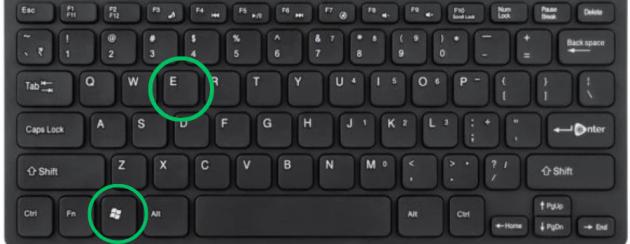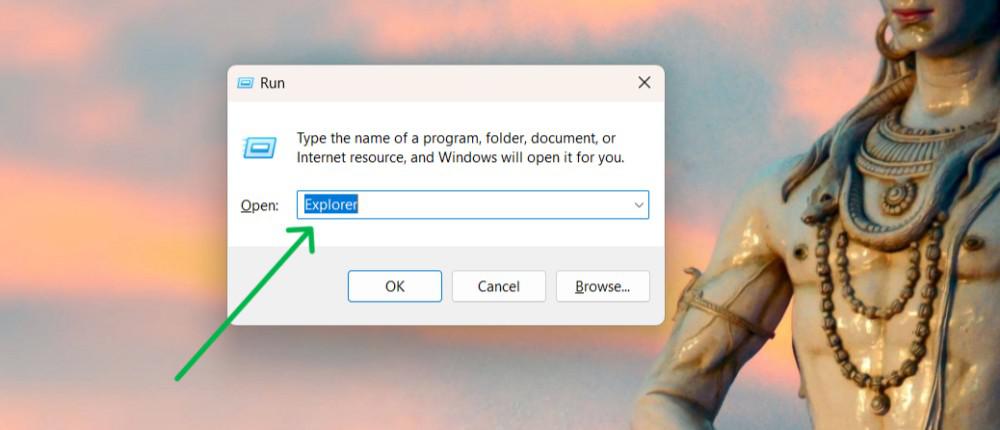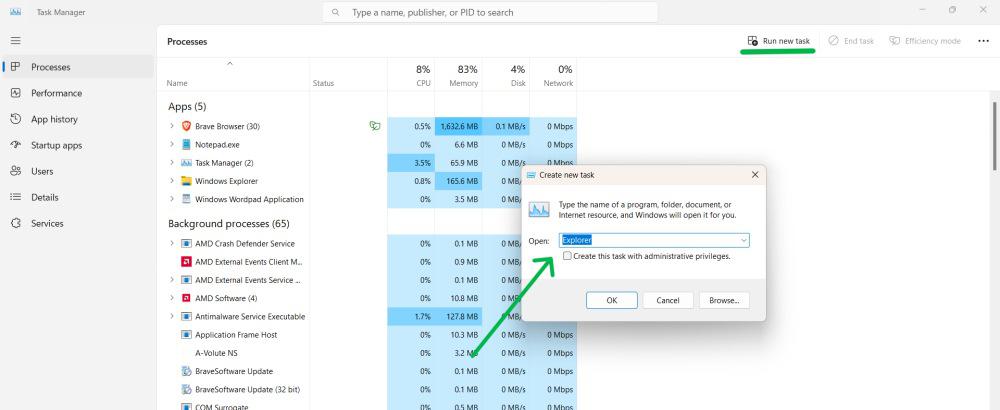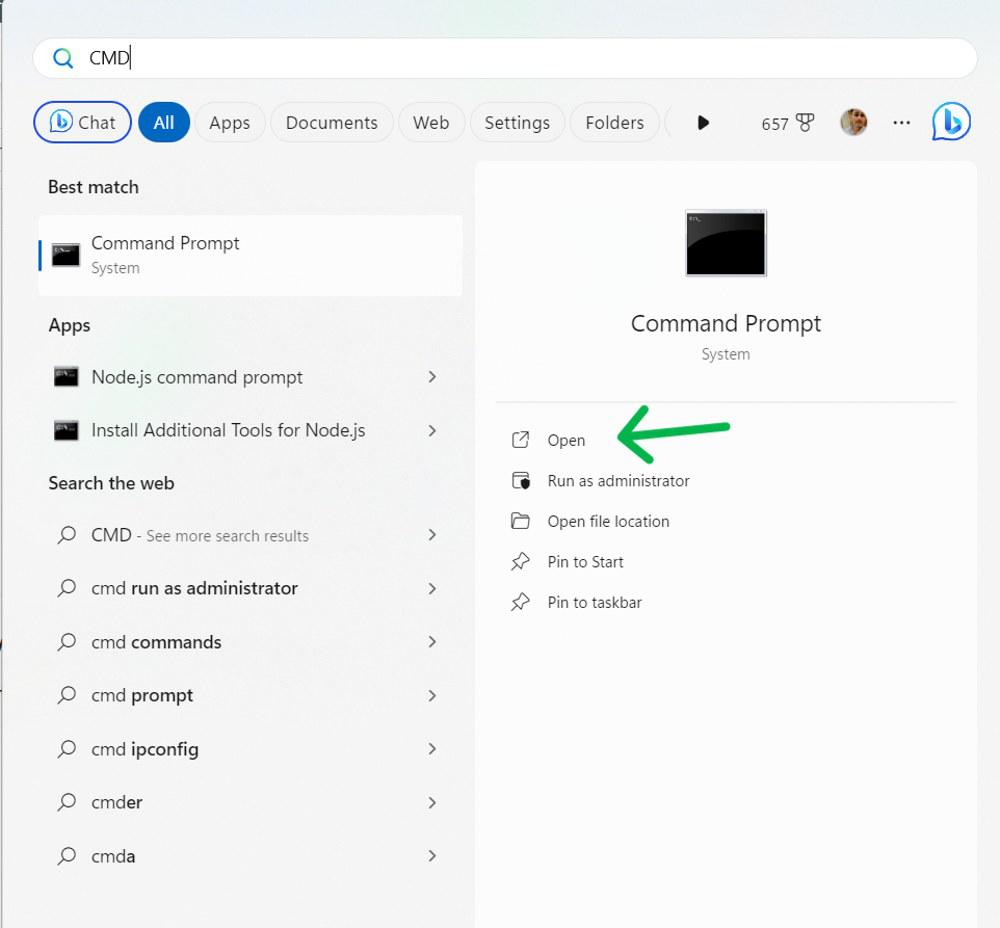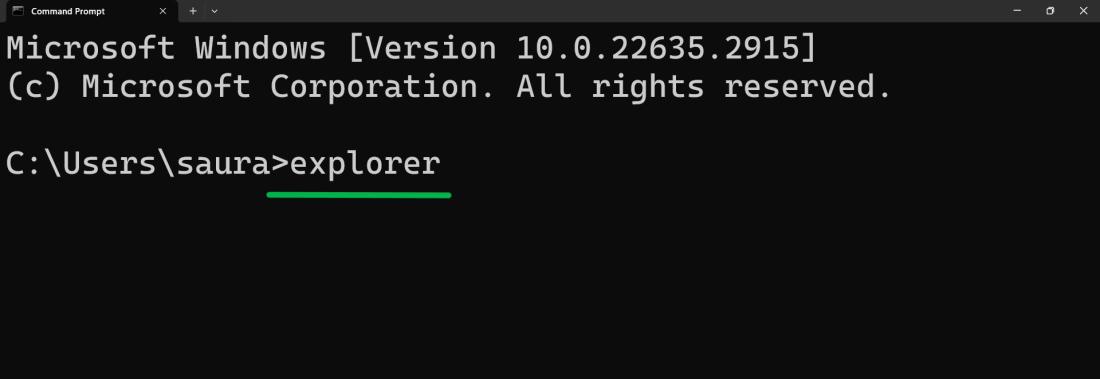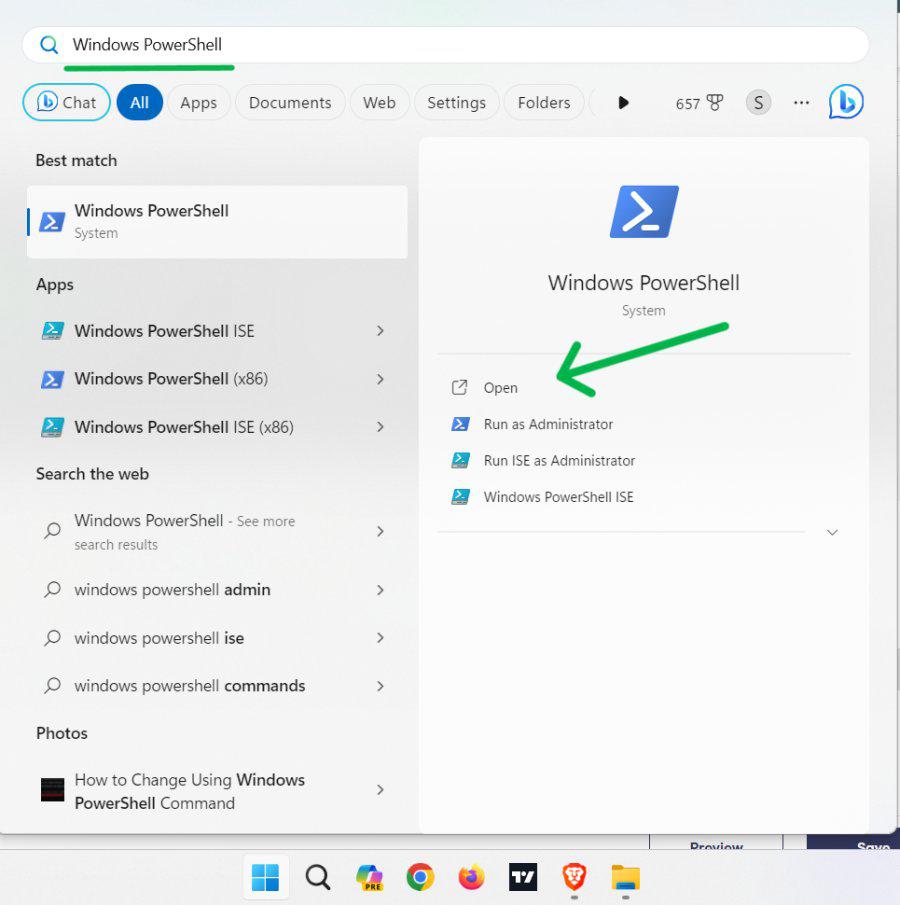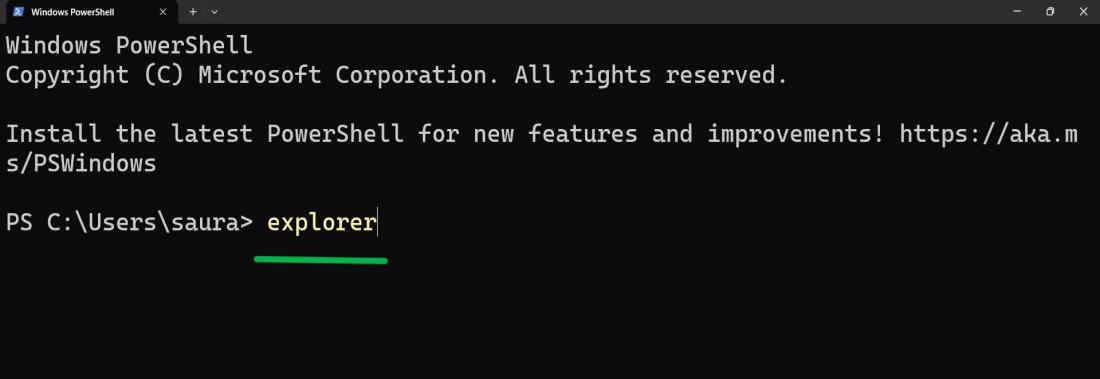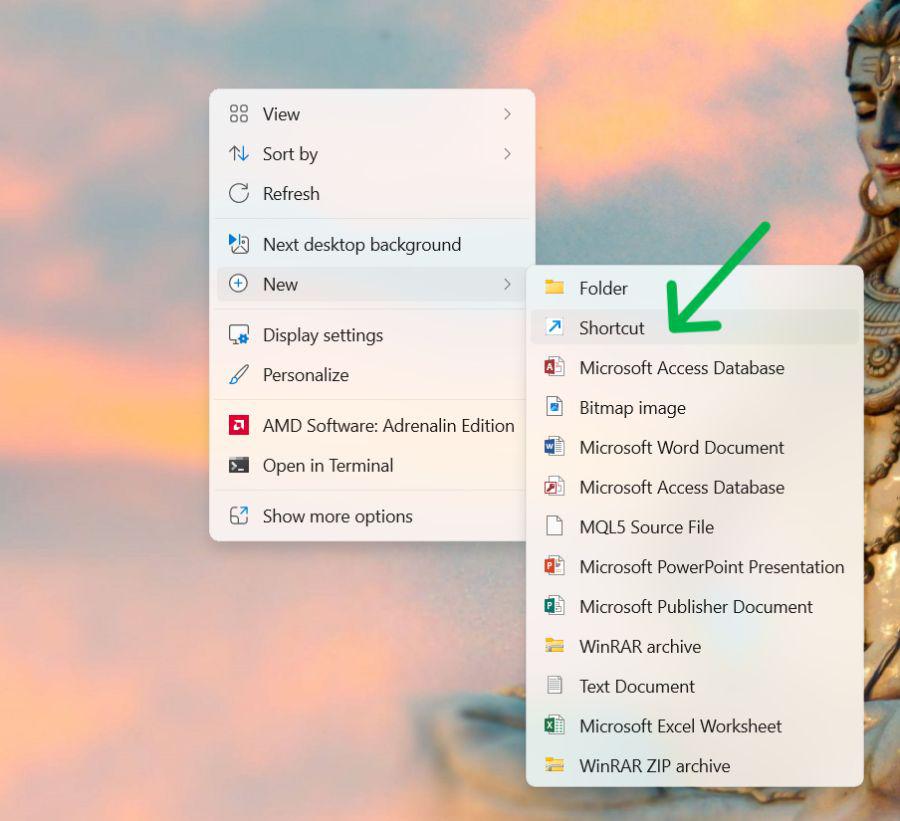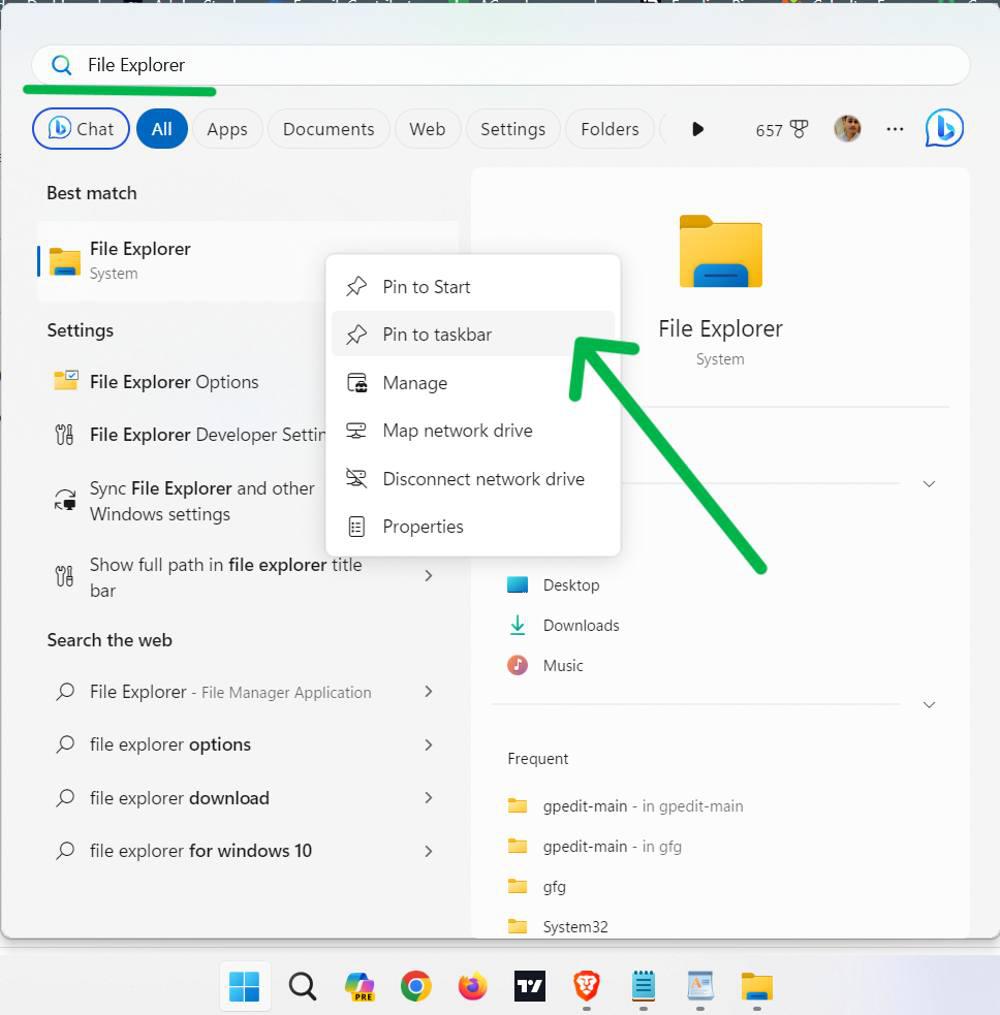
|
An important Windows 11 file management tool is File Explorer, with which users can manage files and folders. It is used in copying, pasting, deletion, moving, and renaming. Users of Windows must be familiar with, not only the basic functions but advanced settings as well. In this article, we’ll show you how to open File Explorer in Windows 11. Table of Content
Method 1: Open File Explorer Using the Search BarStep 1: Press the Windows key or click the Start button. Step 2: In the search bar, type “File Explorer“. You can use Win + S to open the search bar Step 3: Click on the “File Explorer” app that appears in the search results.
Method 2: Open File Explorer Using Keyboard Shortcut
Method 3: Open File Explorer Using Run DialogStep 1: Press the Win + R key together, to open the Run dialog. Step 2: Type “Explorer” and press Enter
Method 4: Open File Explorer Using Task ManagerStep 1: Open Task Manager by pressing Ctrl + Shift + Esc. or on search bar type “Task Manager“ Step 2: Click on “Run new task.” Step 3: Type “Explorer” and press Enter
Method 5: Open File Explorer Using Command PromptStep 1: Press Win + S then on the search bar type “CMD” then click on “Open“
Step 2: In the CMD Window, Type “explorer” and press Enter
Method 6: Open File Explorer Using Windows PowerShellStep 1: Press Win + S then on the search bar type “Windows PowerShell” then click on “Open“
Step 2: In the PowerShell Window, Type “explorer” and press Enter
Method 7: Create a Desktop Shortcut To Open File ExplorerStep 1: Right-click on your Desktop. Step 2File Explorer: Select “New” and then “Shortcut.”
Step 3: Type “explorer” as the location and click “Next.”
Step 4: Name the shortcut and click “Finish” for instant access. Method 8: Open File Explorer From Taskbar by Pinning ItStep 1: Press Win + S then on search bar type “File Explorer” Step 2: Right Click then click on “Pin to taskbar”
Step 3: Now, you can open File Explorer with a single click from the taskbar. ConclusionIn Conclusion, Users have several ways to open File Explorer, such as by using the keyboard shortcut Ctrl+E and by using desktop or pinned shortcuts on the taskbar. If an unexpected snag arises, Run dialog, Command Prompt and PowerShell each provide routes to open File Explorer quickly. Also Read
FAQ’s1. Why might File Explorer not be opening?
2. If none of these methods works, what should I do?
3. What are some keyboard shortcuts for File Explorer?
|
Reffered: https://www.geeksforgeeks.org
| Geeks Premier League |
Type: | Geek |
Category: | Coding |
Sub Category: | Tutorial |
Uploaded by: | Admin |
Views: | 13 |
